A Modern Eye: Helen Hooker O’Malley’s Ireland
★★★★☆
National Photographic Archive (until November 2nd) and the Gallery of Photography (Until September 1st), Meeting House Square, Dublin
A Modern Eye, spread across two exhibitions and a book of the same title, makes up a brief introduction to the photography of Helen Hooker O’Malley. Brief and wide-ranging: the locations extend far beyond Ireland, for one thing, to Mongolia, Russia and Japan. The first question that arises in any discussion of Hooker O’Malley is: where do you start? She seems to have crammed several lives into one and to have pursued myriad interests.
Even if you restrict yourself to considering her photography, her work sketches out several distinct trajectories, none of which, at least in what is admittedly a very concise selection, emerges as dominant.
She was born into a wealthy Connecticut family in 1905 and showed artistic aptitude from an early age, going on to study sculpture. She was also an accomplished athlete. She was in her late 20s when Irish republican Ernie O’Malley turned up as a lunch guest at the family home. There was a mutual attraction between them, but he wasn’t quite what her parents had in mind for her as a partner. Circuitously, they eventually met up in London, married in a registry office and moved to Ireland, initially to Dublin, then Co Mayo.
The photographs on view encompass her life prior to her marriage. In the 1920s she travelled in Europe and Russia, pursuing and expanding her artistic studies, and adding dance to her portfolio. She painted watercolours as she went, and took photographs. What emerges early on, photographically, is her endless curiosity, her eye as a sympathetic portraitist and her ability to structure a composition.
Her photographs are atmospherically powerful
The next significant body of work dates from the later 1930s, when she and O’Malley travelled around the country photographing medieval and ancient sites and structures. These images have an extraordinary freshness and clarity now, perhaps because of the untainted quality of the environment, the absence of signs of modern infrastructure and, paradoxically, no evidence of maintenance or restoration. She also photographed the rural and urban landscape, people, and events such as a turf-cutting competition, boat races and a sheep market.
Rich atmosphere
All of this material is fascinating as historical documentation – O’Malley accompanied her to Kilmainham Gaol, for example, and her photographs are atmospherically powerful. And her studies of monuments and vernacular buildings recall the typologies of Bernd and Hilla Becher.
She and O’Malley set up home near Newport in Co Mayo (he was originally from Castlebar), having decided to run as self-sufficient a farm as they could facing into the Emergency. Burrishoole Lodge, acquired with the financial assistance of her family, was in her name.
She went on to design and build a studio and other buildings there, but began to spend more and more time in Dublin, renting a studio and buying a house in Clonskeagh. She was pursuing her sculpture and had diversified into aspects of design, including interior design and stage design, and she was also a founder of the Players Theatre.
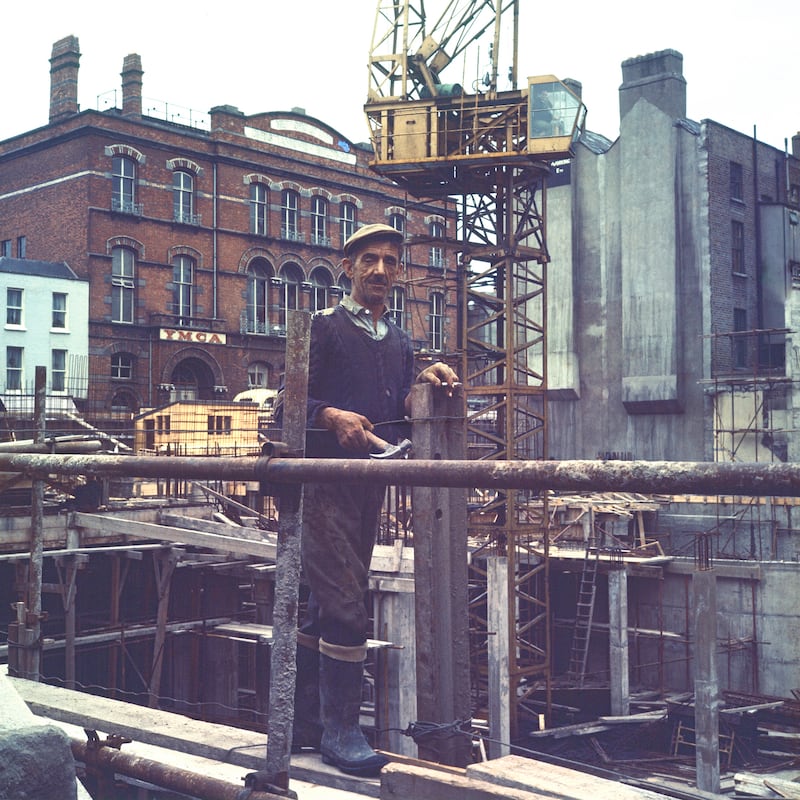
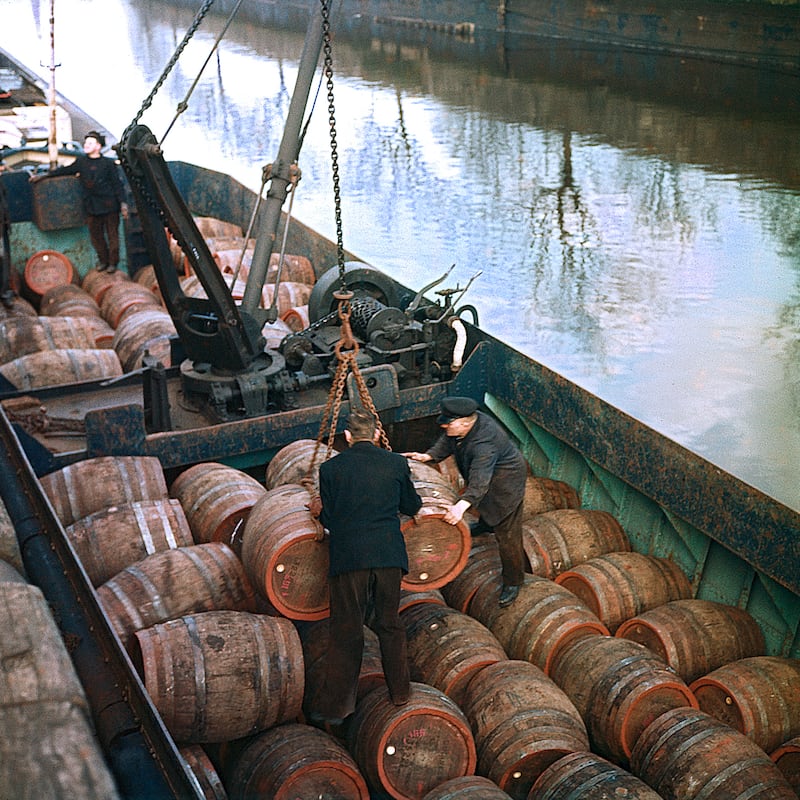
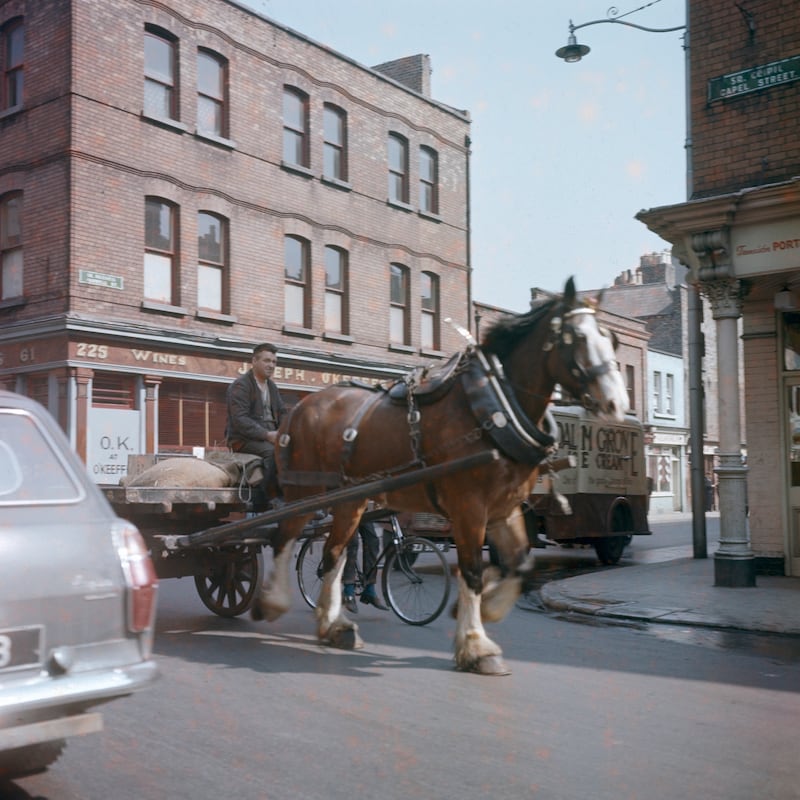
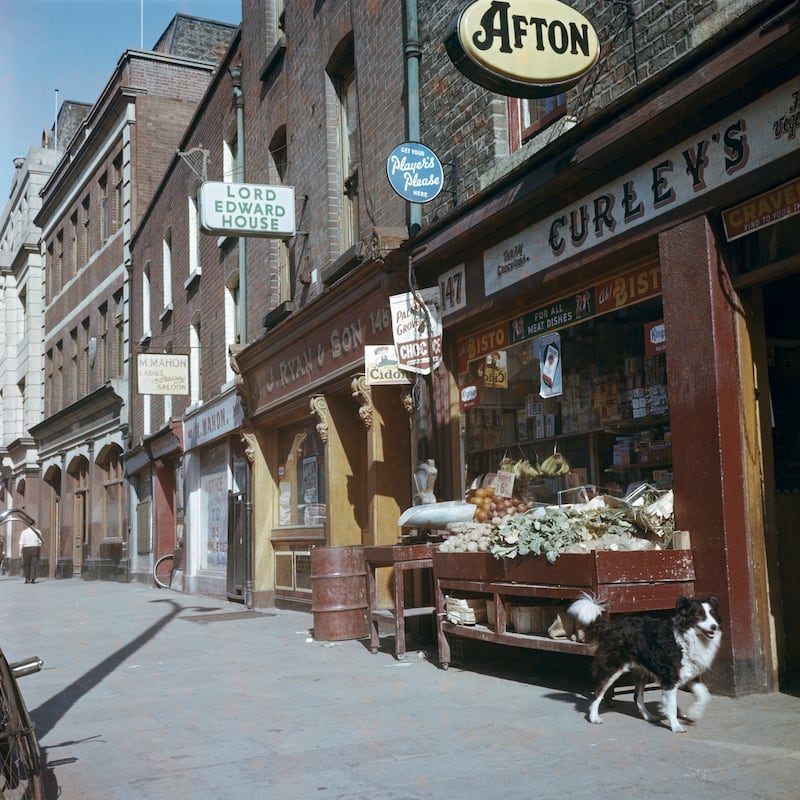
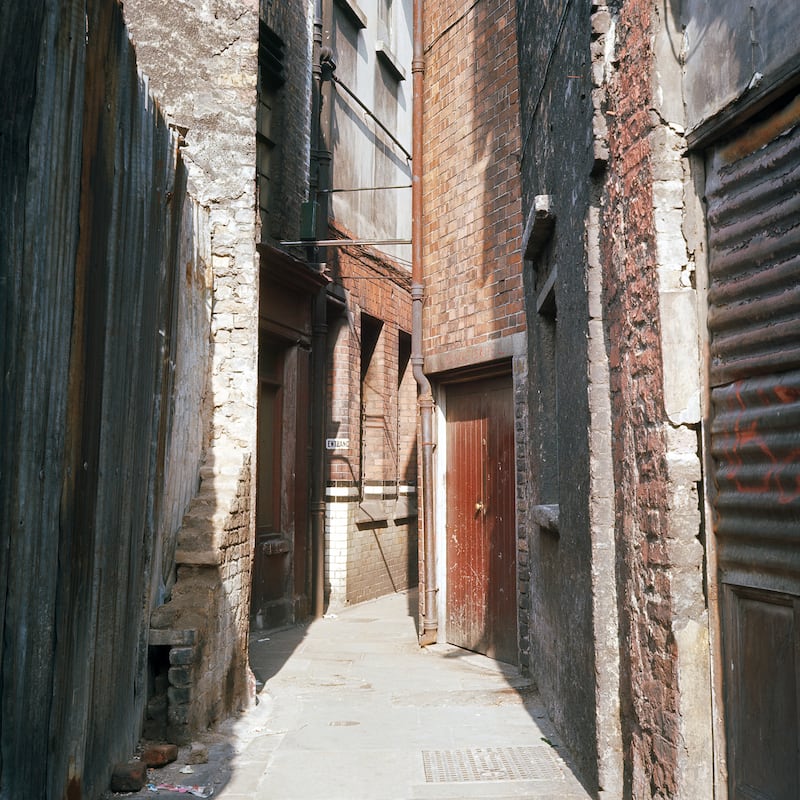
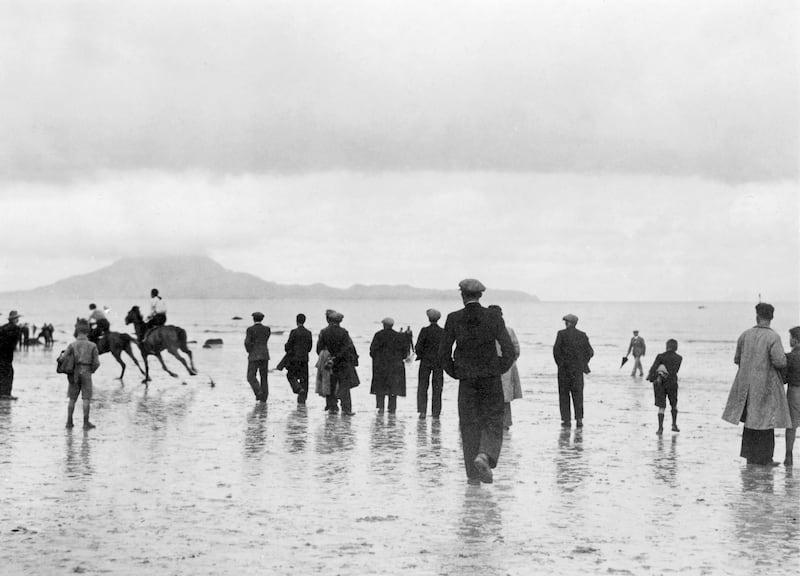
The marriage had effectively broken up. Given the experiences detailed in O’Malley’s autobiographical writings, his level of physical injuries (with bullets permanently embedded in his back, for example), and the way the troubled legacy of discord and conflict persisted in his life, it is reasonable to infer that he must have been susceptible to PTSD. A certain mercurial quality comes across even without all that baggage.
Equally, exceptional restlessness seems to have been characteristic of Hooker O’Malley. She pursued numerous projects with passion, but could then abruptly set them aside, as if the passion evaporated.
Photographs of Dublin capture aspects of the city as it undergoes a decisive, modernising transformation
Her sculpture was, one could argue, a long-term engagement as, more generally, was her involvement with Ireland. After remarrying – Richard Roelofs – and following O’Malley’s death in 1957, she habitually spent half of each year in Ireland.
She set about refurbishing the neglected Burrishoole Lodge and, besides working as a sculptor, chiefly producing portrait busts (a collection resides in the University of Limerick), plus other professional involvements, she also took photographs consistently.
One of the strongest sets of her work on display is a group of her Kodachrome colour photographs of Dublin. Again, they are interesting as historical documents, but also a great deal more besides. They capture aspects of the city as it undergoes a decisive, modernising transformation, with elements of old and new worlds overlapping in almost surreal juxtaposition. Often there is a curious, dreamlike stillness to them.
Hooker O’Malley left a huge photographic archive. The works exhibited barely skim the surface, but they do indicate the general shape of what is there. The indications are that several substantial bodies of photographic work by her exist. They surely include the early monuments, her portraits, the colour photographs of Dublin, later landscapes (which are quietly compelling), and that doesn’t include a wealth of personal and other imagery.
In the face of such a miscellany of material, the challenge is to distinguish and trace individual strands of concern: everything is connected, each image is an aspect of a life, of course, but there are discernible strands, and in the end they form the core of Hooker O’Malley’s artistic achievement.










